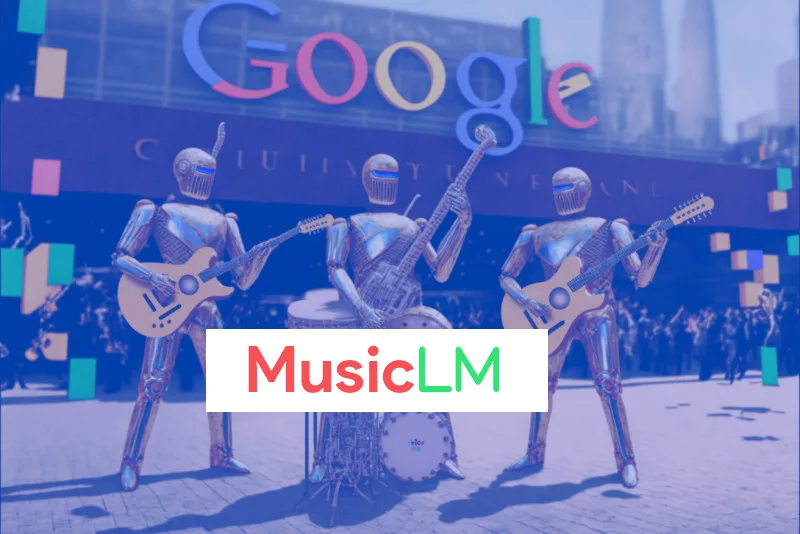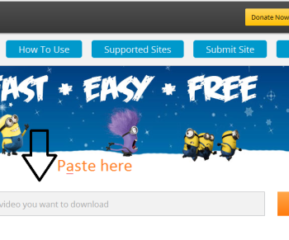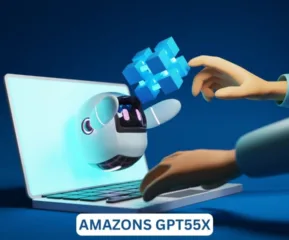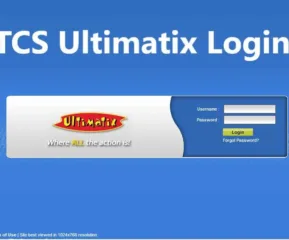Music has always been an integral part of human culture. From ancient chants to modern pop songs, music has the power to inspire, evoke emotion, and bring people together. However, creating music can be a challenging and time-consuming process, requiring skill, knowledge, and creativity.
But what if there was a way to generate music from text using artificial intelligence? That’s the idea behind MusicLM, a research project that aims to revolutionize the way we create music.
What is MusicLM and How Does it Work?
MusicLM is a research project by Google that aims to generate music from text using artificial intelligence and natural language processing techniques. The project is based on a large language model called GPT-2, which was trained to generate high-quality text in a variety of styles and formats. At the heart of MusicLM is a large language model called GPT-2.
Developed by OpenAI, GPT-2 is one of the most advanced language models in the world, capable of generating high-quality text in a variety of styles and formats. MusicLM builds on GPT-2 by adding a layer of musical knowledge and expertise. By training GPT-2 on a large dataset of musical compositions, MusicLM is able to generate music from text descriptions.
The process of generating music from text using MusicLM begins with the user inputting a text description of the desired music. This could be anything from a simple melody to a complex orchestration. The text description is then fed into the MusicLM algorithm, which analyzes the language and generates a corresponding musical composition.
What are the benefits of MusicLM?
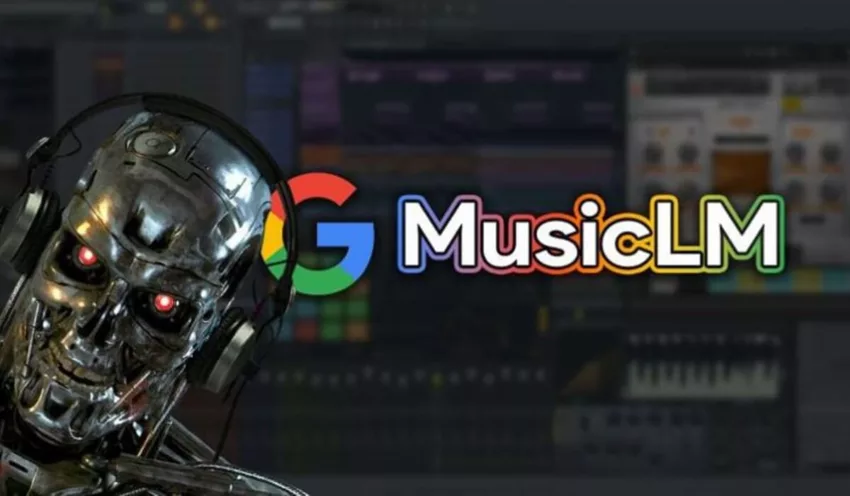
One of the key benefits of MusicLM is its flexibility. Because it is based on natural language, users don’t need to have a background in music theory or composition to use it. Instead, they can simply describe the music they want in everyday language, and MusicLM will generate a composition that matches their description.
Another benefit of MusicLM is its speed. Creating a musical composition from scratch can take hours or even days, depending on the complexity of the piece. But with MusicLM, users can generate a musical composition in a matter of seconds. This makes it an ideal tool for musicians and composers who need to work quickly and efficiently.
What are the limitations of MusicLM?
However, MusicLM is not without its limitations. One of the biggest challenges of generating music from text is capturing the nuances and complexities of human expression. Music is not just a series of notes; it’s a language of its own, with its own syntax, grammar, and vocabulary.
MusicLM is still in the early stages of development, and there is still much work to be done to improve its ability to generate music that truly captures the essence of human emotion and expression.
Another limitation of MusicLM is its dependence on the quality of the training data. Like all machine learning algorithms, MusicLM is only as good as the data it is trained on. If the dataset is biased or incomplete, MusicLM may generate music that is subpar or even inappropriate.
Applications of MusicLM
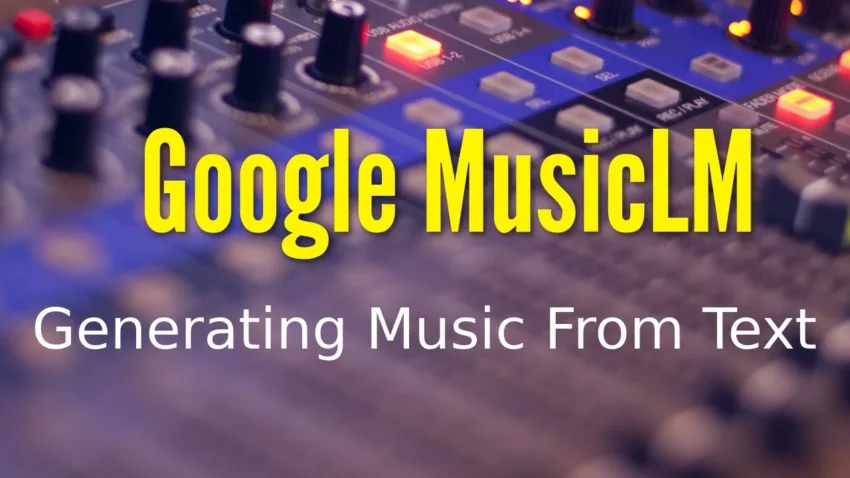
Despite these limitations, MusicLM has the potential to revolutionize the way we create music. It could be used to generate music for film, television, and video games, or as a tool for composers and musicians to quickly generate ideas and explore new musical styles. It could even be used as a teaching tool, allowing students to experiment with different musical ideas and concepts.
What Makes MusicLM a Groundbreaking Project?
MusicLM has the potential to transform the way we create and experience music. By combining the power of natural language processing with musical expertise, MusicLM opens up new possibilities for creativity and expression.
While it still has its limitations, MusicLM represents a significant step forward in the field of artificial intelligence and music and it will be exciting to see how this technology develops and evolves in the years to come.
As more data is collected and the algorithms are refined, we may see MusicLM generate music that is indistinguishable from that composed by human musicians.
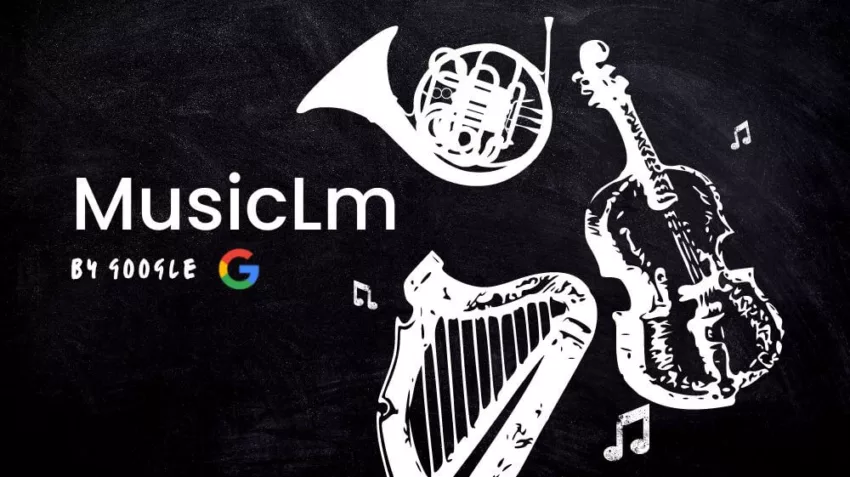
At the same time, it’s important to remember that MusicLM is not a replacement for human creativity and expression. Music is ultimately a reflection of the human experience, and no algorithm can fully capture the complexity and depth of human emotion.
However, MusicLM has the potential to be a valuable tool for musicians and composers, helping them to explore new musical ideas and push the boundaries of what’s possible in music.
As with any new technology, there will undoubtedly be challenges and ethical considerations to address as MusicLM continues to evolve. For example, how do we ensure that the music generated by MusicLM is original and not plagiarized from existing compositions? How do we prevent MusicLM from being used to create music that is inappropriate or offensive?
Conclusion:
Despite these challenges, the potential of MusicLM is too great to ignore. With its ability to generate music from text descriptions, MusicLM has the potential to democratize the creative process and make music accessible to everyone, regardless of their musical background or training.
It represents an exciting new frontier in the intersection of artificial intelligence and music and one that we should all be excited to explore.
- AI’s Impact on Personalization, Analytics, and Retention in Gaming - April 12, 2024
- The Marketer’s Marathon: Long-Distance Strategies for Sustained Traffic Growth - March 29, 2024
- What Is MagSafe for iPhone? A Quick Guide - March 18, 2024

